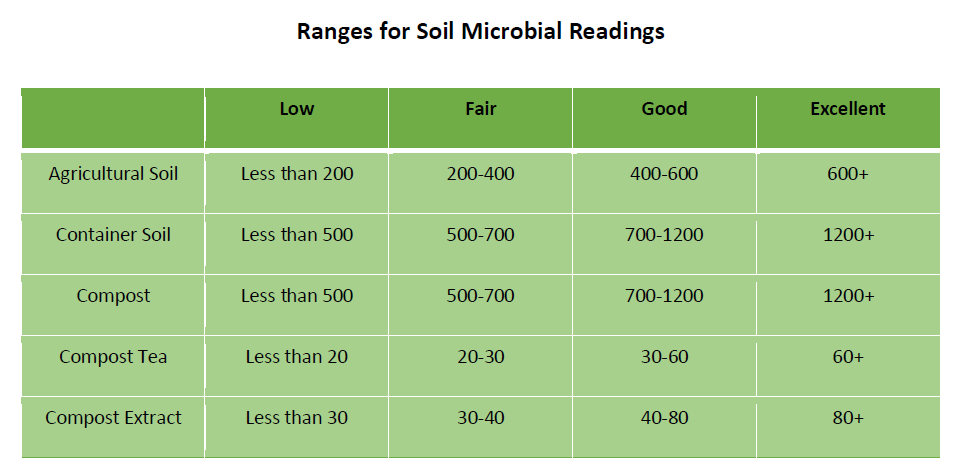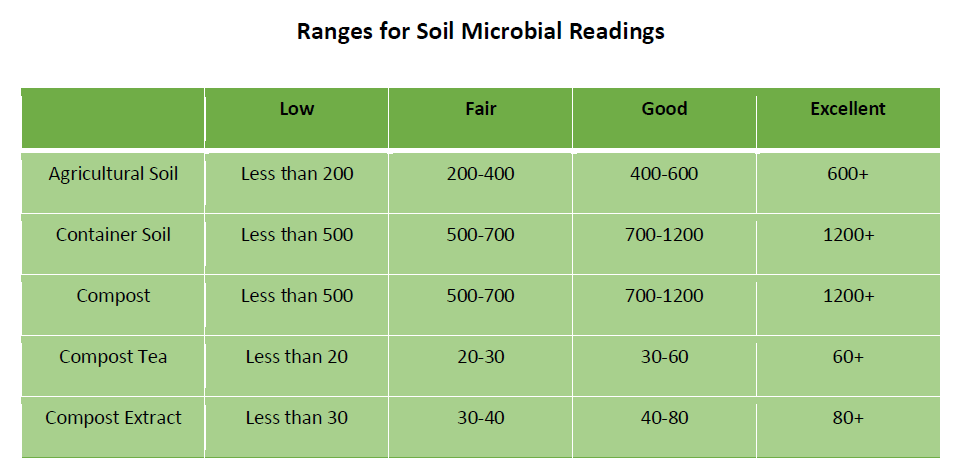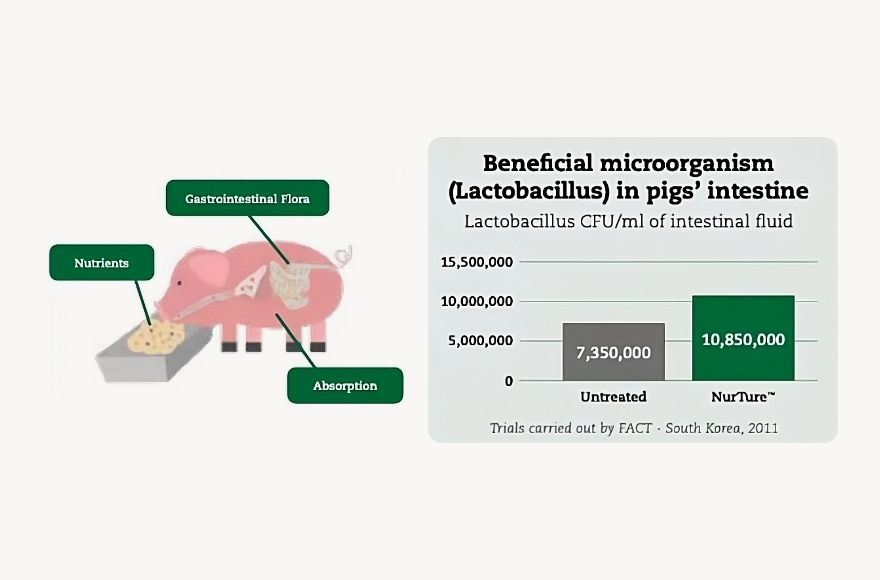June 24th 2021:
Like most farmers this year we were glad to get the remainder of our 1st cut in the pit on June 5th. It bulked extremely well and we are more than happy with the tonnages achieved on 30 units of N/Ha plus slurry. Slurry has been applied on ground for 2nd cut and a small rate of foliar nitrogen has also been applied – 30 units again. I am still amazed at how far we can stretch the fertiliser we buy – we are well on target to achieve our goals of 100 units N/acre total for this year and still grow sufficient quantities of grass and silage.
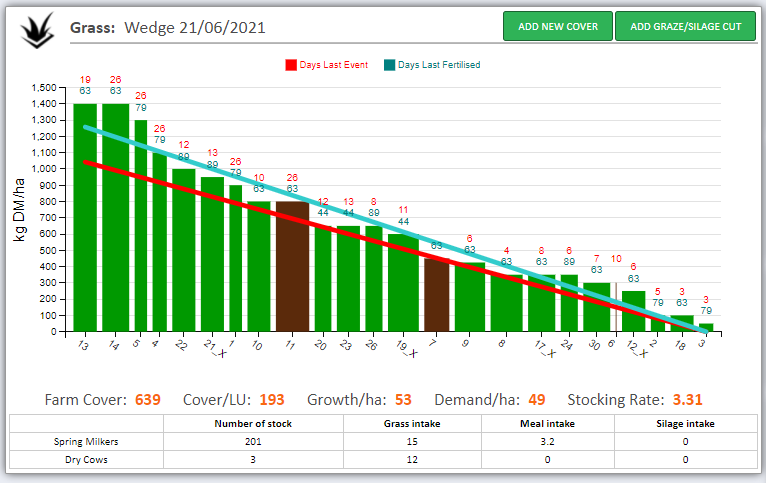
We are increasingly finding that the restricting factors for grass growth here is sunshine and rain as our biological regime continues to reduce our dependency on fertiliser to drive grass growth.
Soil Samples:
A total of 18 soil samples were taken this year – PK/pH soil samples which will help us identify paddocks that needs lime and ensure the pH remain as close to optimum as possible. pH levels had dropped more than expected and varied from 6.5 to 5.3 in a paddocks we use for calf grazing. K levels varied from 123 to 333 ppm while P levels varied from 3.4 to 11 ppm. What is very noticeable from the results is that phosphorus levels tended to be much lower in low pH fields than optimum pH fields. This again highlights the importance of keeping pH correct to help soil biology release the phosphorus that is locked up in the soil – this is cheaper and more sustainable than buying expensive bagged P year in, year out. We have limed a big percentage of paddocks with 2T of Grolime/acre over the past few months and will keep this going until all paddocks receive what is needed. This has also shown us that we need to increase our fungal activity levels on the farm which tend to hold calcium levels in soils, within reason!
FuturAg carried out some soil biology tests here back in April. They use the Soil Microbiometer from the US ( www. microbiometer.com) which is a patented device that can be used on farm to test soil. The results from 2 tests show that the soil biology levels here are excellent but with room to improve the fungal levels. In an ideal soil for grass and cereal production there would be the same amount of bacterial and fungal biomass. Most Irish soils are bacteria dominant which limits the ability of soil to structure itself, sequester carbon (fungi store 4x more carbon in their biomass than bacteria), access locked up minerals and break down hard to digest residues like FYM/chopped straw/cereal/maize stubbles into humus for long term storage in the soil. Ideally the tests would show a F:B test of 1:1.
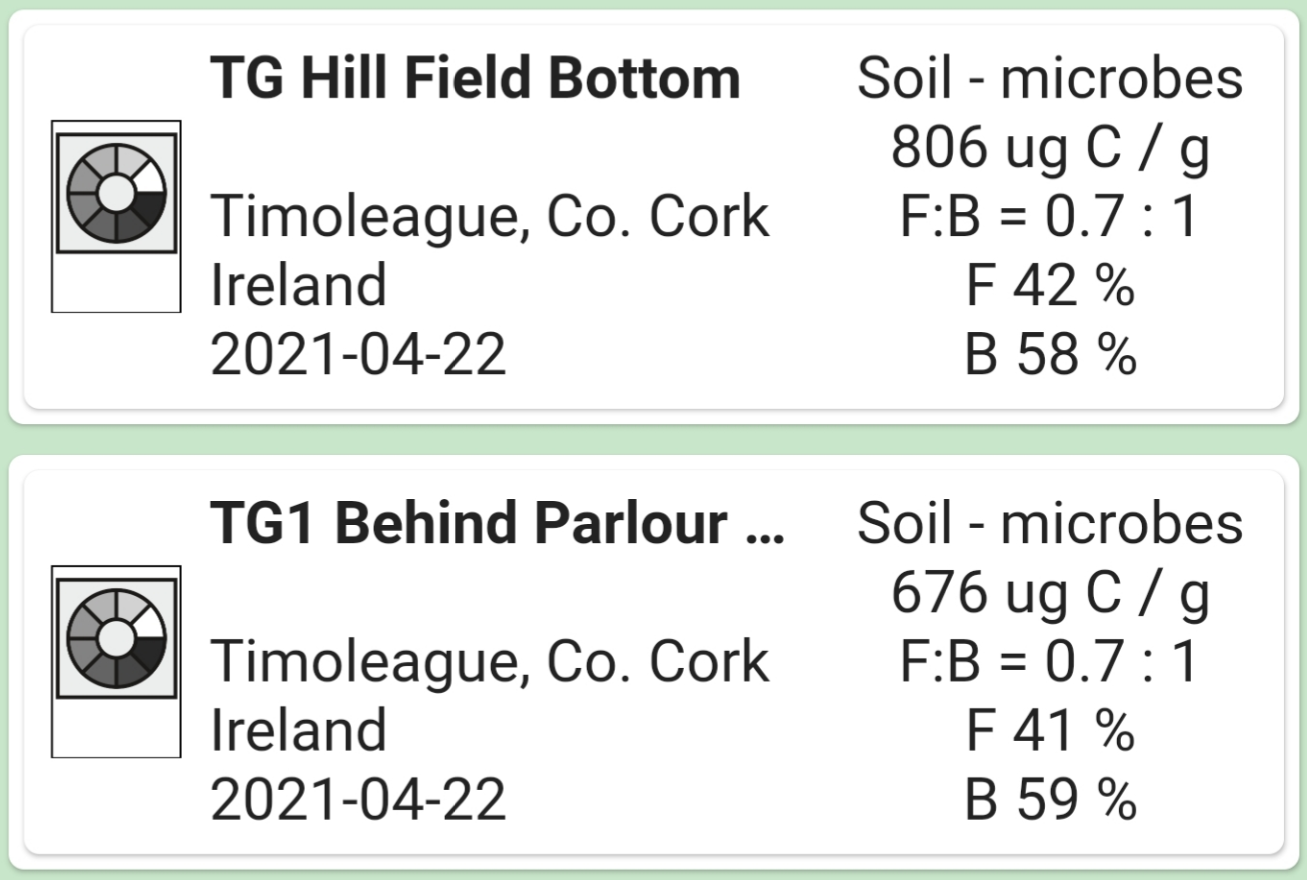
The table below shows the ranges for soils and other media that can be tested for biological activity. 